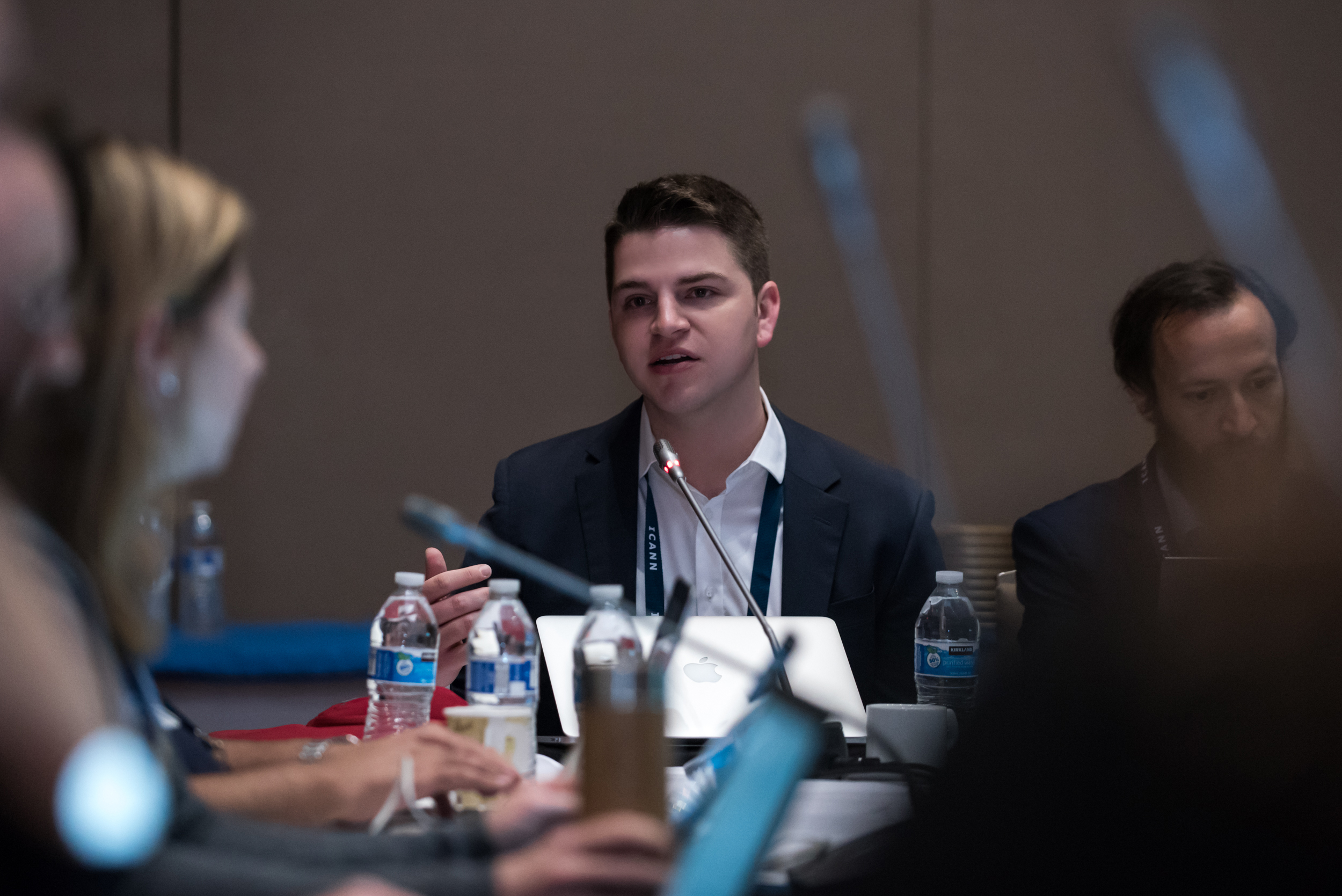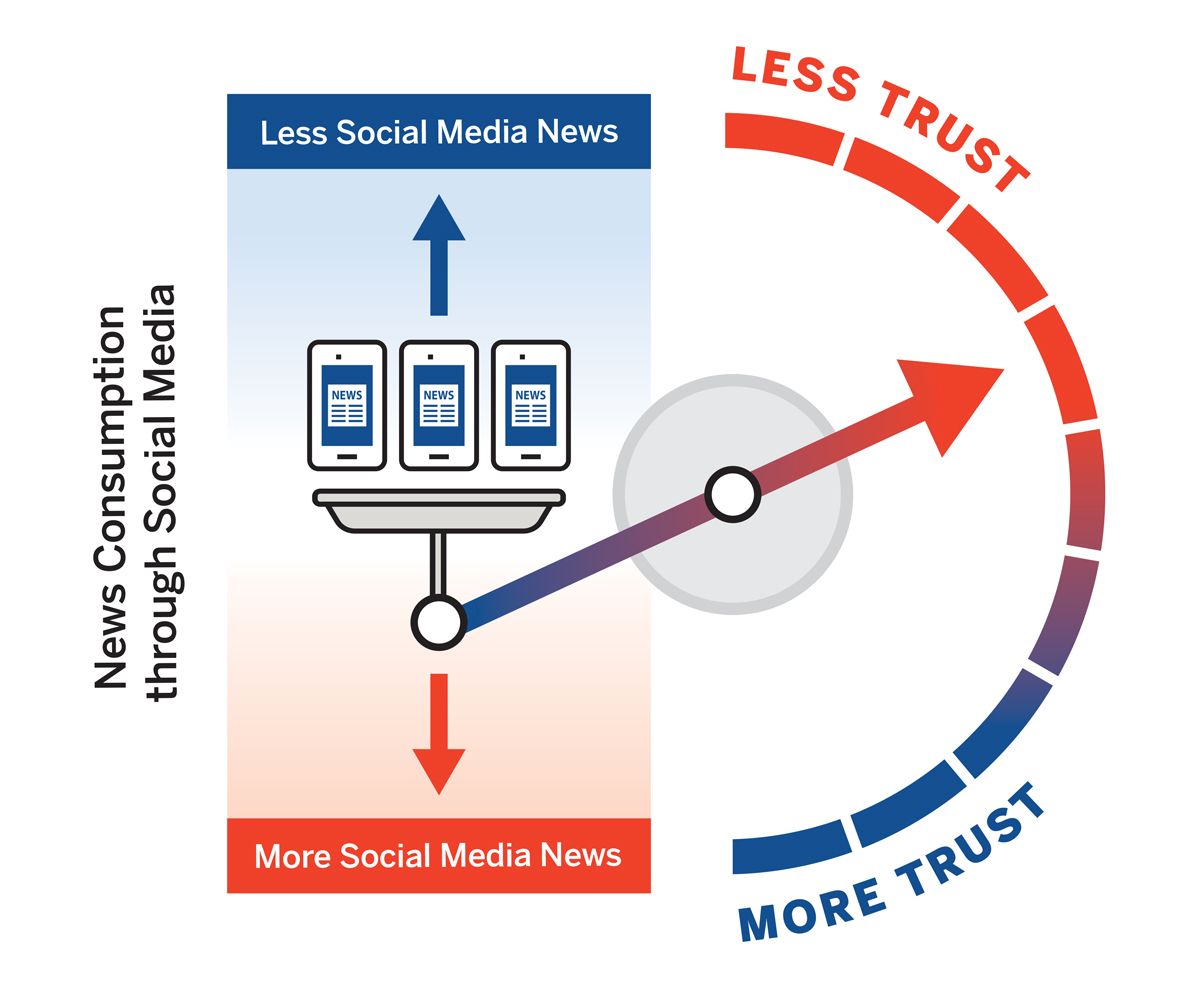In Conversation: Young People’s Media Habits in the Global South

What if the future of independent journalism lies with young people?
It’s not such an obvious question. The project managers, product owners, and engagement editors who are busy reinventing the news are mostly targeting older audiences, for two reasons: First, “mature” news consumers are affluent and more likely to pay for news products as consumers or to donate as supporters; and second, they are loyal, preferring to build relationships with the brands they trust rather than trying new things.
Media habits of young people are different, especially in the world’s low- and medium-income countries, where youth make up the majority of the population. This demographic gets their news from many sources, mostly online and often via social media, but have little trust or loyalty in any news brand. Having less financial means also impinges on their ability to access credible information.
The Center for International Media Assistance recently surveyed a group of young people in Mexico, Colombia, Ghana, Nigeria, Thailand, and Indonesia to hone in on these differences. A report entitled “Youth and the News in Five Charts” summarised the key findings.
Sourcefabric caught up with the report’s author, Ayden Férdeline, to discuss the implications of the report for independent news organisations as well as media funders.

You mention factors such as powerful political and economic interests that are increasingly controlling or even capturing media in the Global South. What else raises the stakes for young people trying to access information in low- and medium-income countries?
Around the world, young people primarily rely on the internet to stay informed as to what is happening in their communities. Of the 298 million people who connected to the internet for the very first time in 2019, three-quarters of the newly connected were children and young adults aged under 35. This demographic merits special attention because the values and practices that young people have when they use technologies varies from those of older demographics. I proposed this study because I thought that there was an insufficient evidence base to guide media policy and practice across all countries, particularly emerging economies, to inform how to meet the news needs and expectations of younger audiences.
In some ways the media habits the youth you surveyed don’t seem so different from young people in high-income countries, at least when it comes to relying on their phones and getting most of their news from social media. What would you highlight as the key differences ?
It's probably in the type of device, speed of bandwidth or internet connectivity, and access to quality news in local or dominant languages. Younger people in lower income countries are using more economical devices that typically run on the Android operating system, and these devices can be more vulnerable to online tracking, have lower battery lives that make streaming video news less of an option, and default settings from local telecommunication providers that preload their devices with search engines or other recommendation engines that have an impact on where young people turn to for their news.
This ties in with zero rating, where some websites are free to access and others aren't – and typically, independent news organisations are not zero-rated, meaning young people need to use their limited data allowance in order to seek out this news. But this is kind of a moot point, because young people aren't seeking out independent news because it is sometimes not available in a language they understand, the website isn't optimised for mobile devices or slower network connections, or media literacy is low and people just aren't aware of alternative news sources.

What are the lessons to draw for media development funders?
There is a need for further, high-quality qualitative and quantitative research, in all countries of the world and in both rural and urban communities, that investigates how young people consume and engage with news. I believe the media development community can play an important role in stimulating, facilitating, and sponsoring additional research.
Based on the survey results, if you were to imagine a news service that did speak to the interests and needs of youth, what might it look like? What kinds of content would we find there?
From what I heard from the young people who participated in this research, I would imagine such a news service would be readily accessible on mobile devices, available in local languages (and not just the languages of media development funders or local elites), and include citations or links to support claims. A lot of the young people told us they don't believe most of the news they read, so explaining how reporting occurred or where material came from, where that's appropriate, might be one way of building trust.
